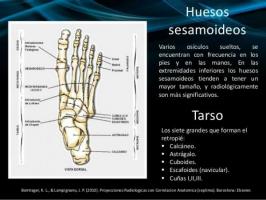Classification of BIRDS
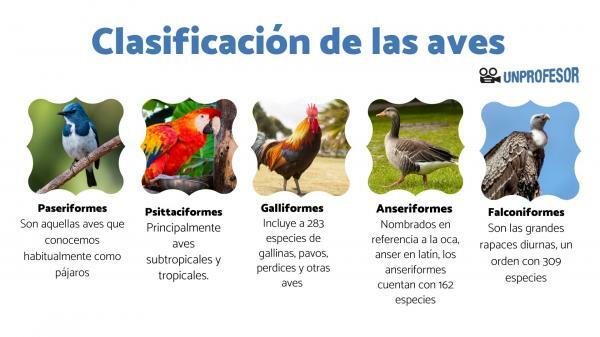
We all know how to identify a bird when we see it in our daily lives in the form of pigeons, sparrows, parrots or chickens. They are animals that have always inspired and provoked envy in man because of the ability to fly that most of them share, but they are also a taxonomic group with a huge variety of species to its credit. In this lesson from a TEACHER we will see the classification of birds as well as what are their features.
Index
- What are the characteristics of the most outstanding birds?
- What are the classifications of birds? The main orders
- Passerines
- Psittaciformes
- Galliformes
- Anseriformes
- Falconiformes
- Strigiformes
- Struthioniformes
- Columbiformes
- Piciformes
What are the characteristics of the most outstanding birds?
All birds are Vertebrate animals and endothermic, which is commonly known as hot bloodThat is, they maintain their own elevated body temperature through their metabolism. Most of them, in fact, have such a high metabolism that their standard body temperature is
around 40ºC. This, together with the great demand for energy required by those that have adaptations for flight, makes the birds need a great and constant supply of food.Morphologically they are very varied, ranging in size from that of the tiny hummingbird, with a 10 cm wingspan, to the more than 3 meters of the albatross or the almost 200 kg of the great ostrich. The forelimbs of birds have evolved to wings which are, together with their other adaptations, which allows most of them to fly and change their place of residence, for that reason, some are known as migratory birds.
They also have a horny, toothless beak, and reproduce oviparously, laying eggs that incubate until hatching.
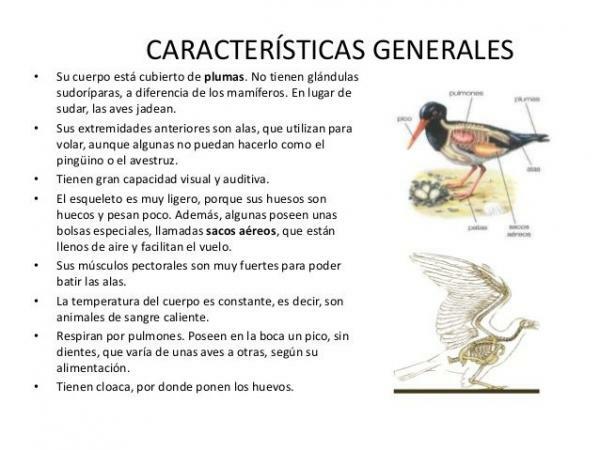
What are the classifications of birds? The main orders.
The best way to attend to the classification of birds, at least scientifically speaking, is according to their different orders. There are a large number of bird orders, but we can classify most of them into nine main orders:
Passerines.
Passerines encompass more than half of the current bird species in existence: they count more than 5,700 classified species and 110 families. They are those birds that we usually know as birds, and is that its name comes from the word Passer, that is, sparrow in Latin.
Passerines also have three suborders:
- Passeri
- Tyranni
- Acanthisitti, the latter smaller.
These birds are found all over the world except in Antarctica and they are characterized by their small size and their three-toed legs, with two pointing forward and one backward. They are also called songbirds, and in this group we find common species such as sparrows, rooks, crows, canaries or swallows.
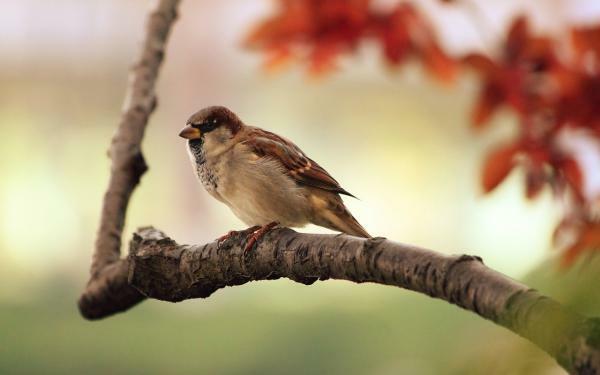
Psittaciformes.
The psittaciformes are another of the orders within the classification of birds. They have 372 species divided into 86 genera, being mainly subtropical and tropical birds.
They get their name from Psittakos, that is, parrot in Greek, and encompass three superfamilies:
- Psittacoidea (parrots)
- Cacatuoidea (cactus)
- Strigoppoidea (New Zealand parrots)
They are characterized by their strong curved beak downwards, its legs with two toes pointed forward and two backwards, and its body usually erect, as well as by the bold and intense colors that they usually exhibit in their plumages. They are also one of the most intelligent birds, and many are capable of imitating and repeating phrases and sounds.
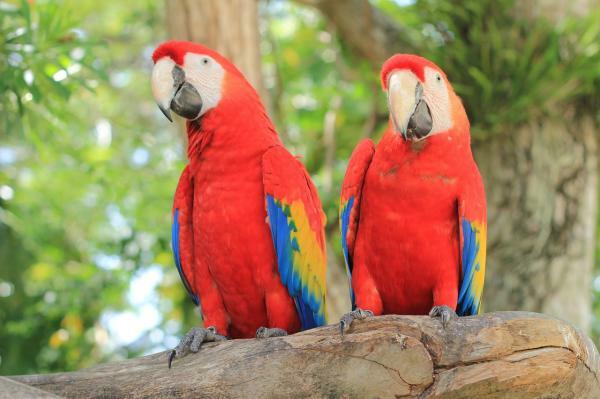
Galliformes.
Galliformes are named after the well-known roosters, and include 283 species of chickens, turkeys, partridges and other birds Similar. They are usually strong-legged animals, although bad fliers, limiting themselves to short-duration glides.
Their legs have three forward fingers and one that points backward, and they are characterized by making their nests at ground level, with young that develop autonomy of movement in a very short time.
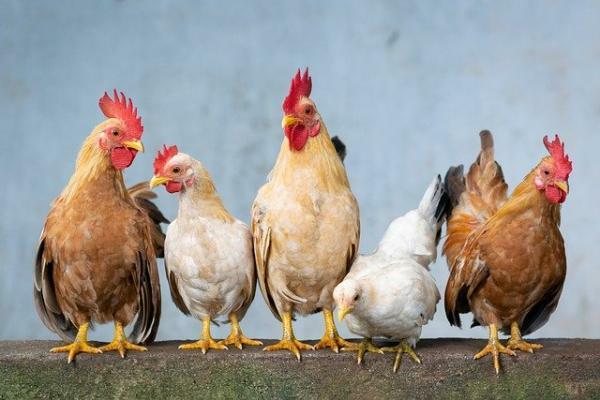
Anseriformes.
Appointed in reference to the goose, anser in Latin, the anseriformes have 162 species among his three families:
- Anhimidao
- Anseranatidae
- Anatidea, the latter being the main one, with 156 species. Covers ducks, geese, swans, geese and the like.
They are birds very adapted to an aquatic life, specifically on the surface of the water, and they are great swimmers. Its easiest to recognize feature are its webbed feet, with its 3 toes joined by a membrane.

Falconiformes.
The falconiformes are the large diurnal raptors, an order with 309 species, currently all classified in the Falconidae family. These are hunting, carnivorous birds with great agility and power.
Its sharp, curved beak and strong claws are its hunting weapons. Most have rather short legs, very strong except in the case of scavengers.

Strigiformes.
These are the other side of raptors: those of habits mostly nocturnal. They have 130 species, divided into two families, Tytonidae, the owls, and Strigidae, owls and the like.
They are widely known for the great mobility of their cervical vertebrae, which allow them to turn their heads up to 270º, and for their ability to fly silently, which makes them great hunters.

Struthioniformes.
Within the classification of birds we also find flightless birds, like this group. Most of these birds are large, and many of which are already extinct.
Understand the acquaintance ostrich and its relatives nearby, such as rheas, emus, cassowaries and kiwis. They are also known for their large eggs, as well as their powerful two-toed legs.

Columbiformes.
These birds comprise more than 300 species commonly called pigeons and turtledoves, as well as the now extinct dodo. They are birds of good flight capacity, herbivorous and widely known for their great number in practically the whole world.
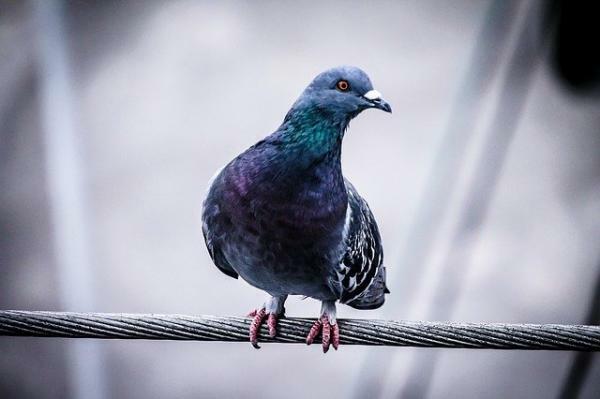
Piciformes.
The piciformes are more than 300 species divided into almost 70 genera, mainly arboreal and insectivorous birds. The vast majority of them have legs with two toes forward and two toes back, which makes it easier for them to hold onto trunks and branches.
Among them are woodpeckers and toucans, the best known of the order.
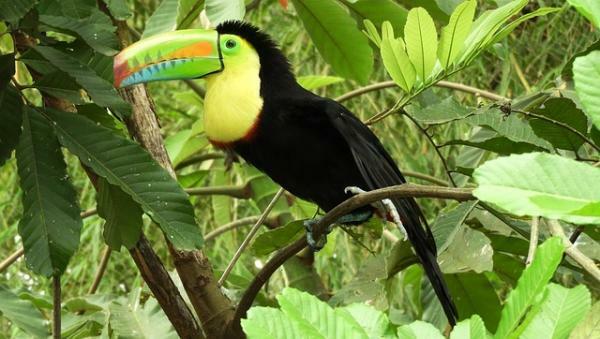
If you want to read more articles similar to Classification of birds, we recommend that you enter our category of biology.
Bibliography
- NAVARRO, A. G. (1988). Phylogeny and classification of birds. Sciences, (012).
- Aravena, R. OR. (1928). Notes on feeding birds. Hornero, 4 (2), 153-166.
- National Autonomous Institute of Agricultural Research, Quito (Ecuador). Poultry Program. (1980). Classification of food for birds.

